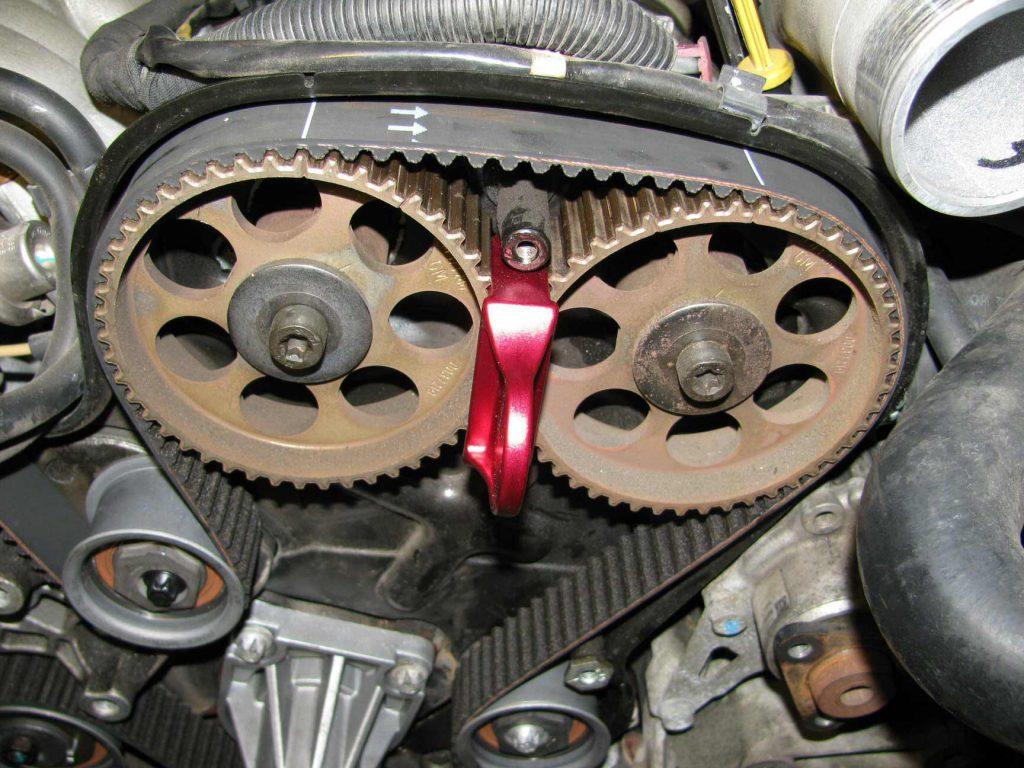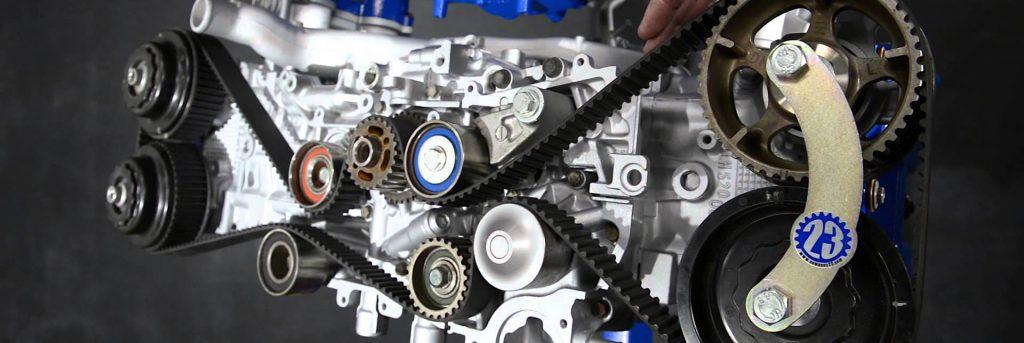How Often Should I Change The Timing Belt? Find The Exact Duration
The timing belt is the major component of your car that turns crankshaft and camshaft at the accurate rate. There are many questions that have come to your mind regarding timing belts, but the most frequent question is – how often should I change the timing belt?
Well, finding its answer is imperative as a worn out timing belt can affect the performance of your vehicle. So without ado, let’s discover how often you should replace the timing belt!
How Often Should I Change The Timing Belt?
We have listed the foremost factors on which the durability of the timing belt depends. By considering all these aspects, you can change the belt at the right time. So check out these factors now.
1. Depending on the Driver
Your driving style has everything to do with the performance of the timing belt. Handling downshift carefully is essential if you want the timing belt to be long lasting and efficient.
If one isn’t handling the downshift well or opting for unnecessary shifting, the constant strain can result in the timing belt wearing out.
That is why you might have heard some people saying that one must choose downshifts only and if required. So how often should I change the timing belt?
With proper driving, the timing belt will last approximately 6 to 7 months. With lousy driving, it will last hardly 2 months or less. So drive carefully for a durable timing belt.

SEE MORE:
- How often should I wash the car? The answer to all your questions
- Timing chain VS timing belt- Which one is the best
2. Depending on the Car Usage
The purpose for which you are using the vehicle plays an important role when figuring out the period after which you should change the timing belt.
If you have a cab business, the probability of changing the belt may vary to six months, as your car is not idle for a longer time. For private users, the timing belt will last up to a year.
All in all, it depends how often you drive. So pay attention to how often you drive and change the timing belt accordingly.
3. Some Other Factors
Engine performance also affects the timing belt. If your engine is running smooth, the belt is performing its best, and the situation can go worse as the performance of the engine goes down.
Another factor, on which the lifespan of the timing belt can depend, is the miles that you have traveled until now.
According to the basic thumb rule- if you have covered more than sixty-thousand miles, change the timing belt as quickly as possible. You can even use the effective maintenance tip for DIY replacement too.
So consider these additional factors whenever you are worried about changing the timing belt.

>> Finding a cheap used car in good conditions here <<
FAQs
1. What happens if I don’t replace the timing belt on time?
If the timing belt fails, it can cause severe engine damage, including bent valves, damaged pistons, and even a complete engine breakdown. It’s essential to replace it as recommended to prevent costly repairs.
2. Can I visually inspect the timing belt to determine if it needs replacement?
Timing belts are often enclosed within a protective cover, making visual inspection difficult. It’s best to follow the manufacturer’s recommended replacement interval rather than relying on visual inspection.
3. Does the timing belt replacement cost vary depending on the vehicle?
Yes, the cost of timing belt replacement can vary significantly depending on the make and model of your vehicle. Additionally, labor costs may vary by location and the complexity of the job.
4. Can I replace the timing belt myself, or should I have a professional do it?
Replacing a timing belt is a complex and precise task that requires specific tools and knowledge. It’s generally recommended to have a qualified mechanic perform the replacement to ensure it’s done correctly.
5. Are there any warning signs that my timing belt may be failing?
While timing belts don’t usually give warning signs before failure, some signs of potential issues include engine misfires, unusual noises from the timing cover area, or visible damage to the belt.
6. Can I replace the water pump and other components when changing the timing belt?
It’s often advisable to replace the water pump, tensioner, and other related components when changing the timing belt.
This helps prevent future issues and saves on labor costs since many of these parts are accessible during the timing belt replacement.
7. Are there any vehicles with timing chains instead of timing belts?
Some vehicles use timing chains instead of timing belts. Timing chains have a longer lifespan and don’t require replacement at regular intervals like timing belts. Refer to your vehicle’s specifications to determine which one it uses.
8. Can I extend the life of my timing belt with proper maintenance?
Proper maintenance includes following the manufacturer’s recommended replacement interval and addressing any signs of timing belt-related issues promptly.
How to tell if your car needs a new timing belt? Watch the video below to see more details!
Winding Up
Consider all these factors whenever you think about- how often should I change the timing belt. By replacing it with time, the possibilities for the timing belt to wear out are less. So go ahead, take most of your vehicle’s timing belt right now.














